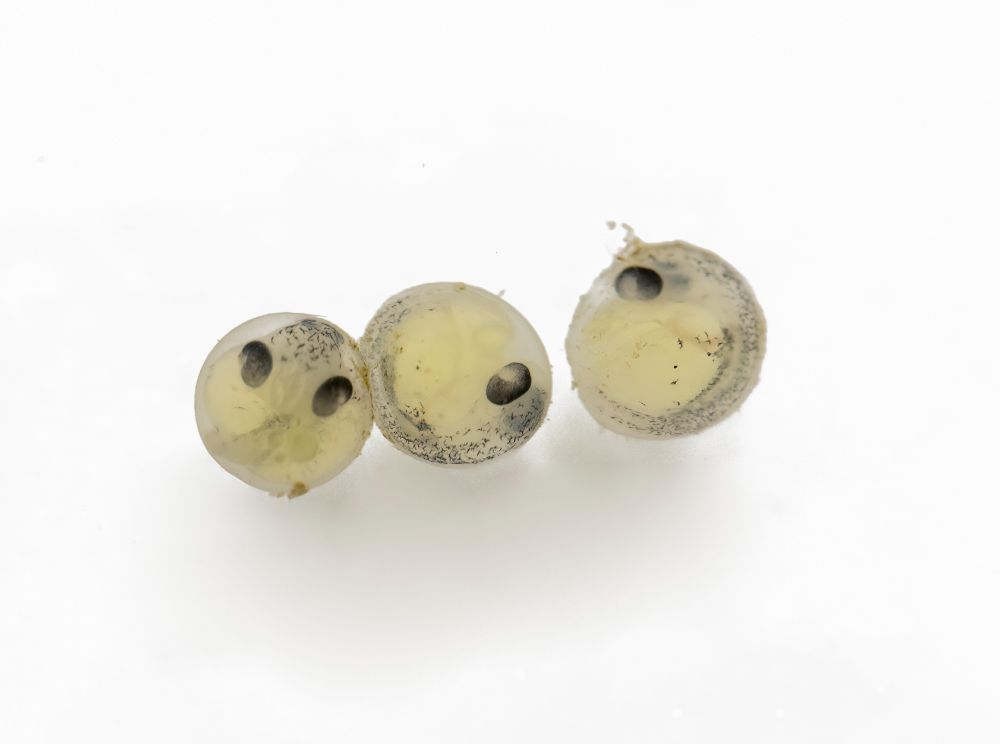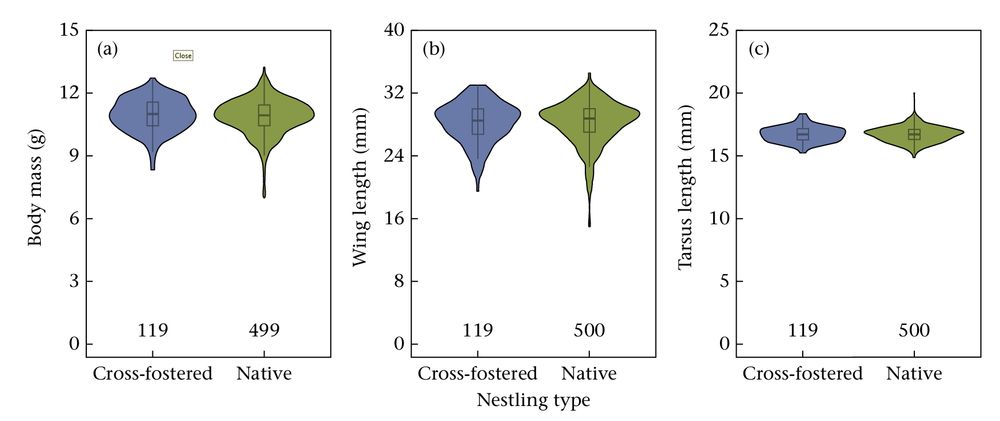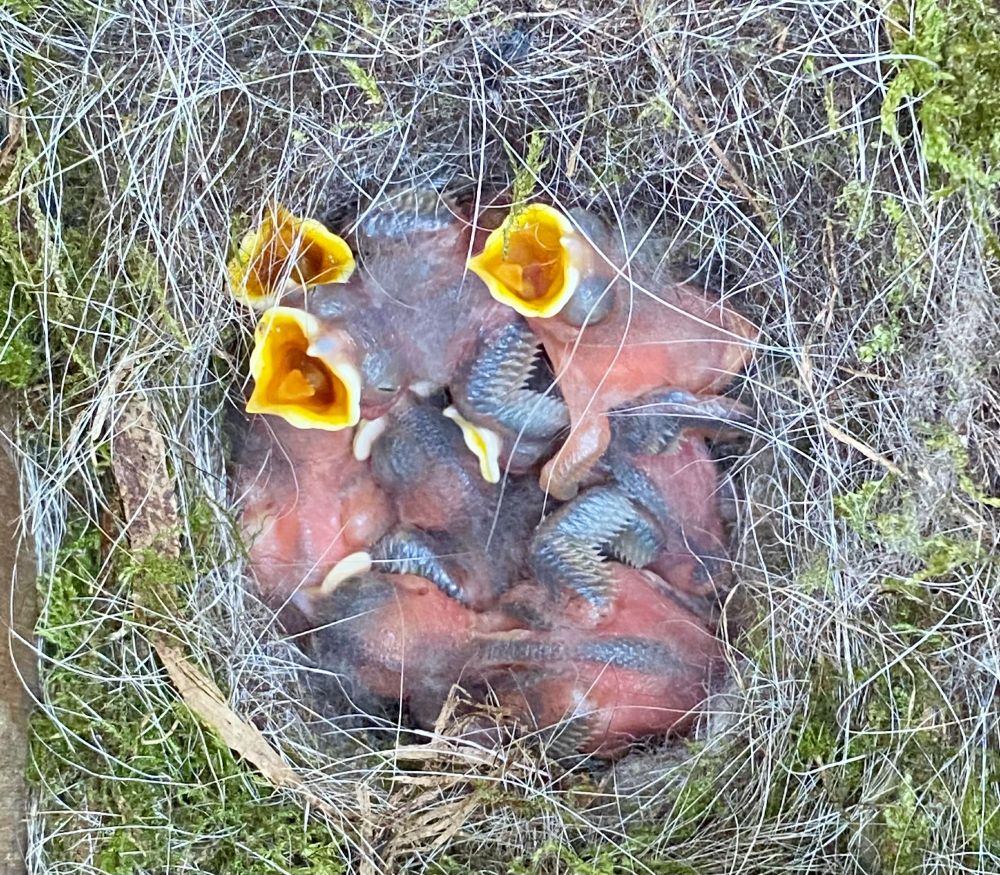


Swipe through the larval development of the three-spined stickleback (Gasterosteus aculeatus)




Swipe through the larval development of the three-spined stickleback (Gasterosteus aculeatus)








Can blue tit nestlings sense their relatedness to their nestmates through smell? 🧵
www.sciencedirect.com/science/arti...
#OpenAccess #OpenScience #Preregistration #AcademicSky🧪

Can blue tit nestlings sense their relatedness to their nestmates through smell? 🧵
www.sciencedirect.com/science/arti...
#OpenAccess #OpenScience #Preregistration #AcademicSky🧪

